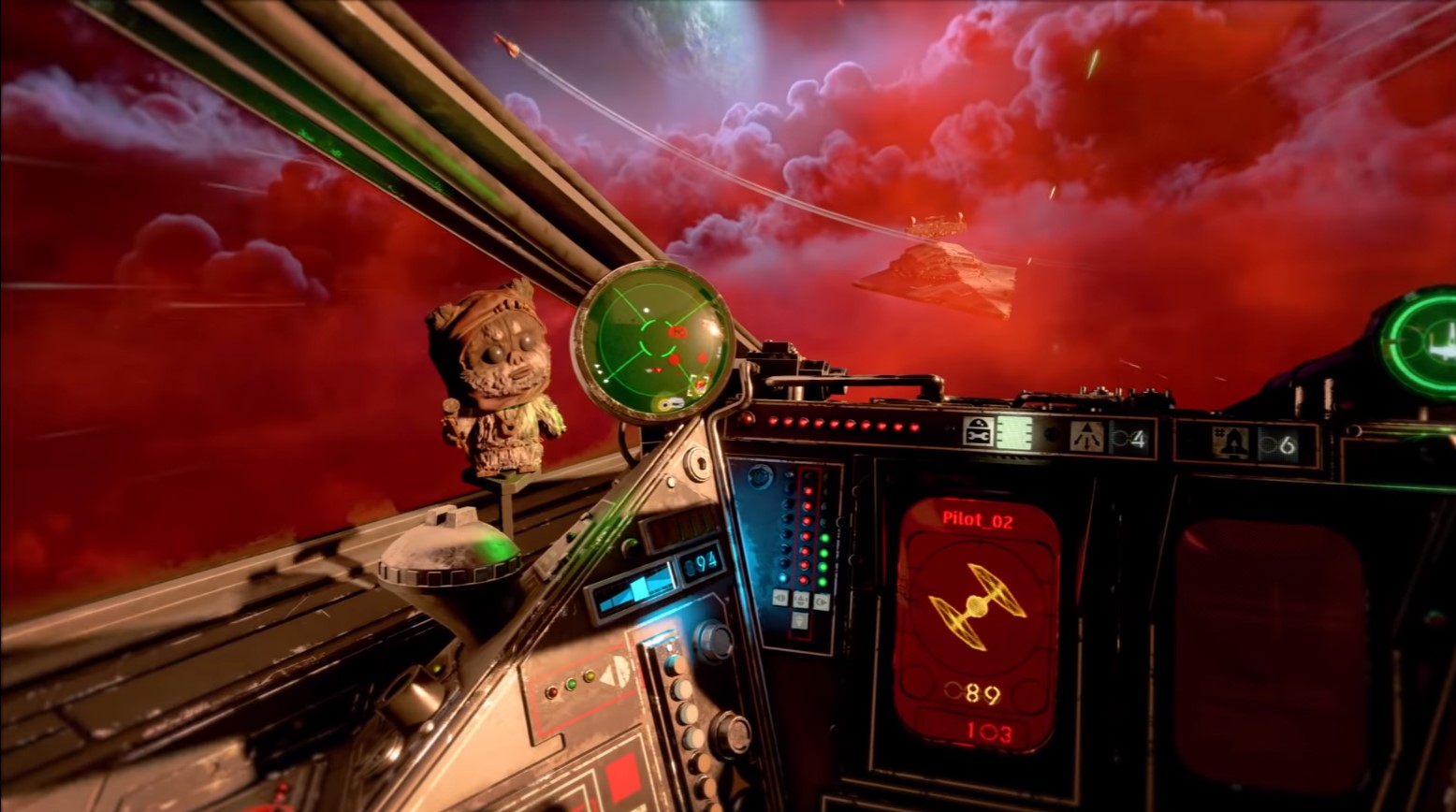Star Wars: Squadrons places you in the cockpit of the iconic starfighters from the Star Wars universe. When the game launches, there will be eight available starfighters for players to choose to fly, and two notable game modes coming to the title. When players control their chosen vessel, they need to consider the power distribution of their fighter and what systems are receiving the most of it. The more power something receives, the better it can perform for the pilot. But every ship has a limited amount of power, and knowing how to properly distribute it is essential.
Power management is not a new concept for Star Wars starfighters. These were previously used in older games, such as Star Wars: X-wing and Star Wars: TIE Fighter. Players had to choose what systems would receive the most power, such as a vessel’s shields, blasters, or engines. It would vary on the situation, and every good pilot would have to understand the best way to manage those systems. The more power you had for your engines, the faster you fly. The more energy for your shields meant you could withstand hits from an enemy target for far longer. The final choice, your ship’s blasters, allows you to hammer your enemy with a massive barrage of fully powered lasers from your starfighter’s guns.
However, Squadrons adds to this system by giving players a bonus when they give a system a maximum boost. When players maximize the power to their engines, they receive a boost to your speed. When you maximize your shields, you can overcharge them to go to 200 percent more than they usually would, and your blasters would receive a damage boost for a limited amount of time.
When players first play Squadrons, they may go the minimum and maximum amounts for the systems to have an understanding of how these all work. Over time, more advanced pilots will learn how to tweak the engines enough to increase their power, without sacrificing too much of their shields in the middle of a dog fight.
Pilots who want to keep to the simpler version can have it so their systems will only go to the minimum and maximum amounts of power, but there is a “hardcore mode” for players who want to fiddle with these settings while flying. The choice is yours when you play Squadrons, and the advanced players can experience the benefits of pushing their starfighter of choice to its limits to achieve victory, but it’s not a requirement to fully enjoy the game.








Published: Jul 27, 2020 02:59 pm